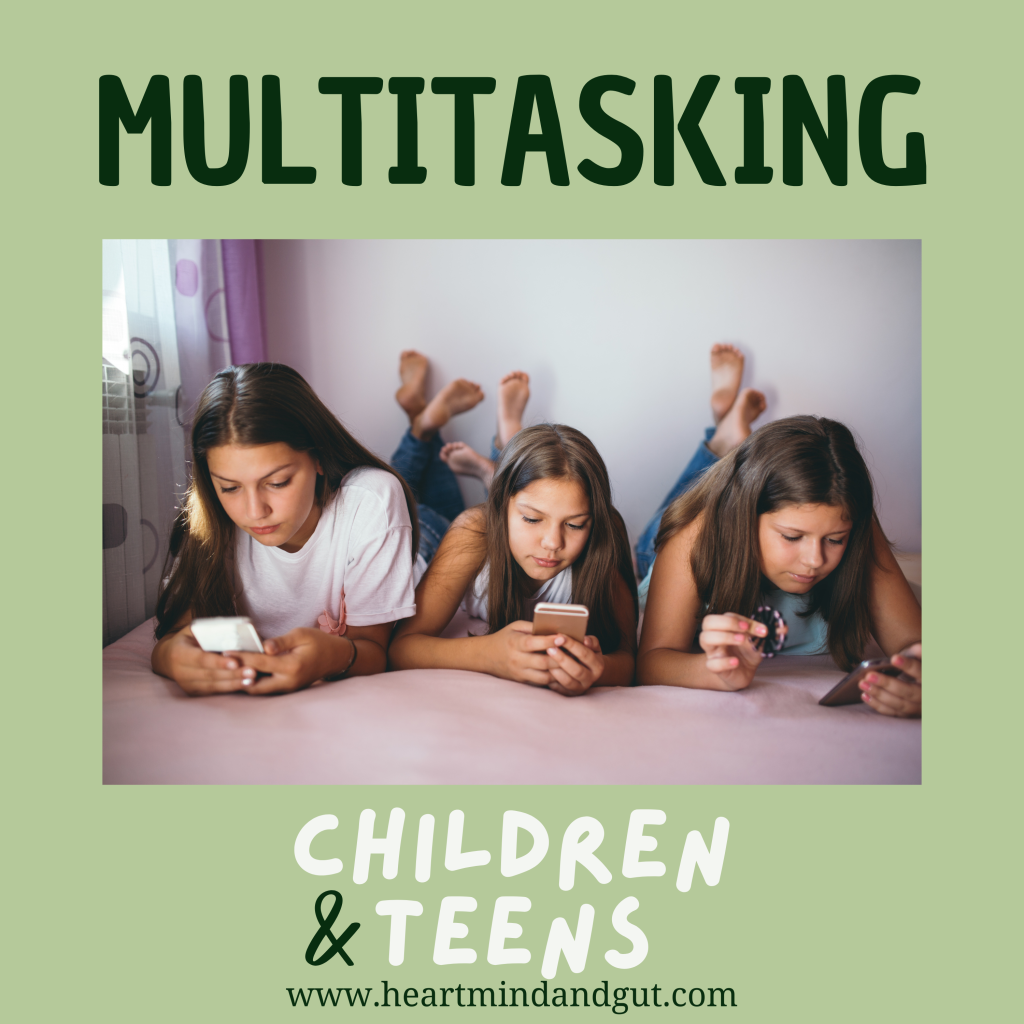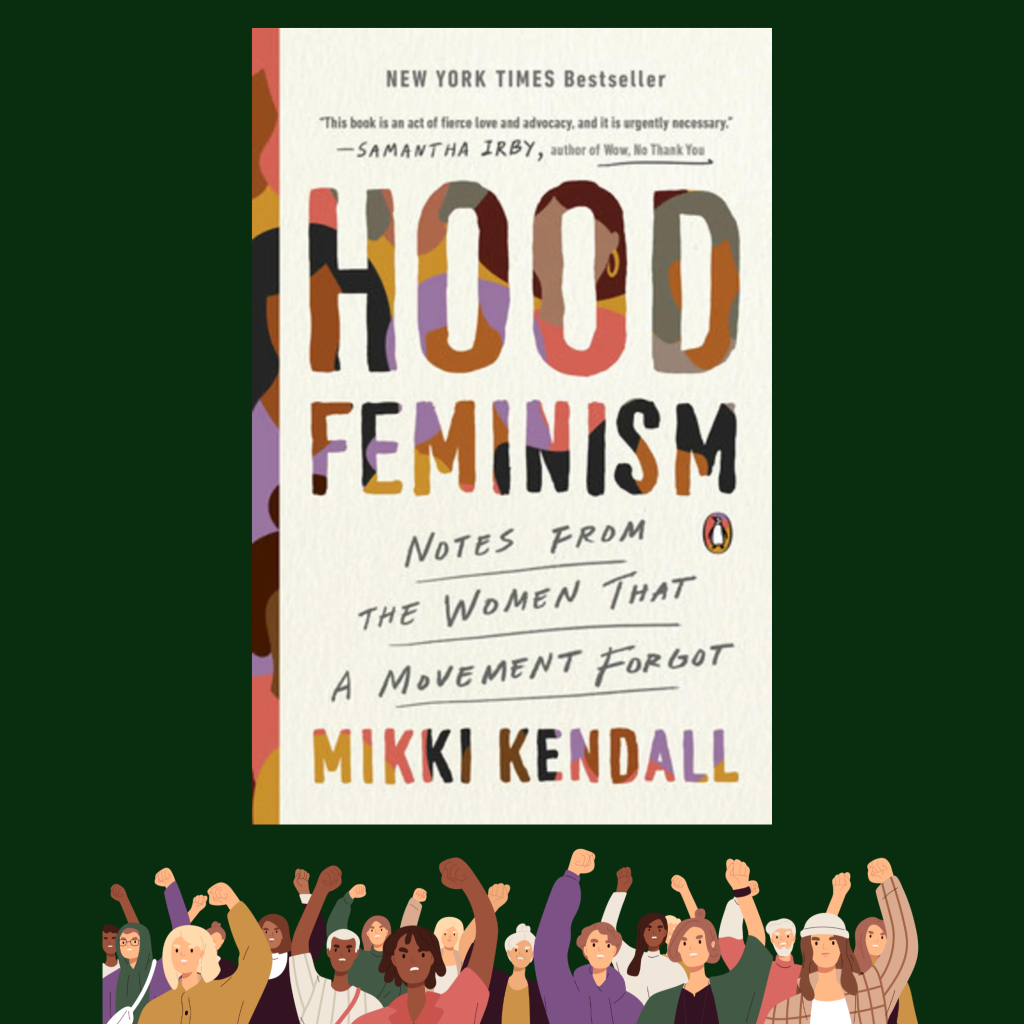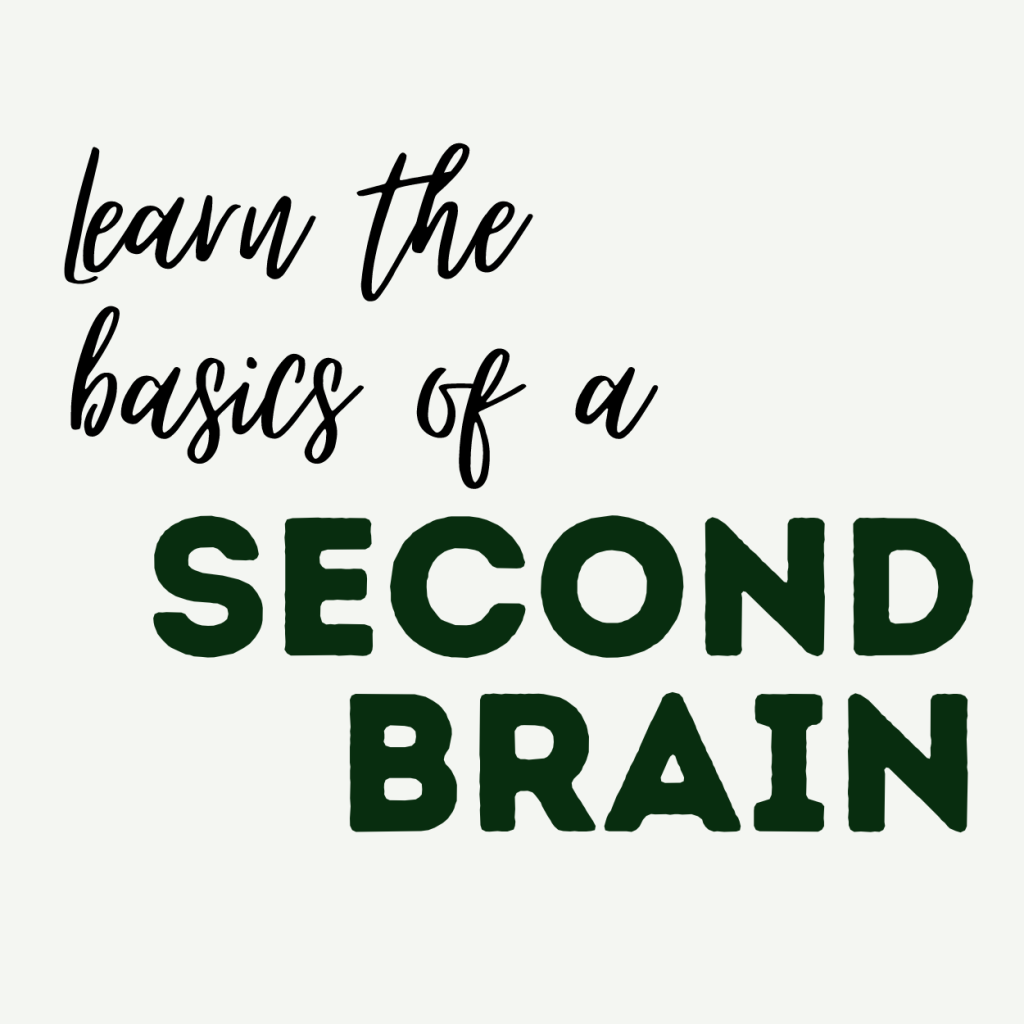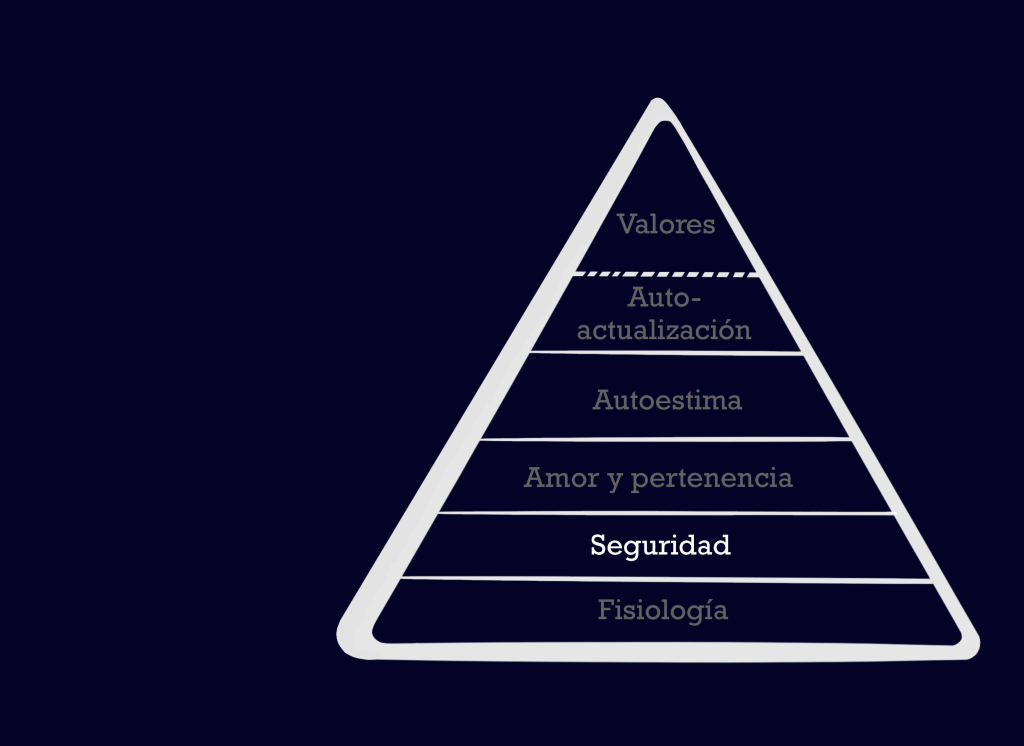What is Feminism?
Feminism is believing that women value as much as men. Not more neither less, the same value. That means women’s time, opinions, abilities and rights are as important as men’s.
History of Feminism
In Le deuxième sexe, by Simone de Beauvoir presents how men represent “The Essential” in our society, while women are “The Other” or “No Essential”; from both men’s and women’s perspective. Why? Each group of people considers itself a group opposed to “another” group. Women’s opposite are men. For Simone de Beauvoir, that difference was difficult to fight because there wasn’t a moment in time where it started. (1)
Turns out that Neanderthals didn’t make these differences. Both men’s and women’s bodies have similar scars from hunting. Plus, they buried both genres with their precious weapons. The difference between gender’s roles appears at the same time as agriculture. (2)
You can imagine why Simone de Beauvoir didn’t know that. If you said there weren’t notorious female archeologists in her time to bring it to light, you would be right. Simone wrote The Second Sex in 1949. There were female archeologists are the time, but guess what? They worked with their husbands. Most men in those years wouldn’t allow for feminist thoughts to emerge as they would lose power. Sadly, power moved and moves the world.
Plato defended in the Republic that women could govern and protect Greece just like the men.

Moving forward a bit, we have Abigail Adams (photo) and John Adams, United States Second President (from 1797). Abigail was a strong advisor to her husband, much to the dismay of many men in power. Both of them were feminists in their time, Abigail because of her ability to advise and John because he agreed to be advised by Abigail. He believed she was his equal.
“If particular care and attention is not paid to the Ladies we are determined to foment a Rebellion, and will not hold ourselves bound by any Laws in which we have no voice.”
Abigail Adams
As a feminist, she was against racism, difficult for a lady in 1770-1800s. Just as she stood up for women’s power and education, she did for non-white people, declaring herself against slavery. We will see later some feminism-anti-slavery connections. (3)
Let’s travel to Europe
In the middle of the French Revolution (5 may 1789 to 9 nov 1799), France made the Declaration of the Rights of Man and Citizen on August 26th, 1789. According to which Men are born and remain free and equal in rights.
And women?
Well, Olympe de Gouges did it for them 2 years later with Declaration of the Rights of Woman and of the Female Citizen.
Women also fought in the French Revolution. They marched through the rain and shamed their husbands into joining them to demand bread to the king. Sadly, after they won the revolution, they established the First French Republic. An anti-feminist republic, that got people talking.

Mary Wollstonecraft, an English philosopher, was among those who spoke out against the unjust subjugation of women at the Assemblée Constituante of 1791. Another individual who voiced their concerns, albeit not as loudly, was Theodor G. von Hippel. T.G. von Hippel, the mayor of Königsberg (Prussia), anonymously published a text advocating for the improvement of women’s status. Similar sentiments were expressed in France, the Dutch Republic, Italy, and Germany.
Napoleon didn’t favor women either, as he created an anti-feminist Civil Code in 1804. What’s worse is that he extended that code to all his conquered territories. When he is defeated in 1815, the new European order didn’t make any reforms, let alone feminist ones.
The Birth of Feminist Movements (1848-1880)
In 1848, women created barricades demanding their rights and founding women’s democratic clubs. Just as they were stirring, so were North American women.
Seneca Falls Convention (1848), New York
Elizabeth Cody Stanton, an educated woman from a progressive family, was feeling oppressed with her house and 7 children to take care of. She went fight for something she believed in, the anti-slavery movement. She went to an anti-slavery convention in London. Guess what? She wasn’t allowed entry because she was a woman. She wasn’t the only one, Lucretia Mott had the same problem.
Eight years later, Elizabeth Cody Stanton and Lucretia Mott met again at a Quaker tea party organized by Jane Hunt. Five ladies attended a simple tea party and became the match for feminism fires.

They organized the Seneca Falls Convention on July 19 and 20th of 1848 to fight for women’s social, civil and religious rights. Over 300 people attended, among them was Frederick Douglas. A freed man of African-American origin.
They stated their desires for some of the most basic women’s rights:
- Education
- Property Ownership
- Child Custody (in case of divorce)
- Right to Vote
Inspired by the Declaration of Independence of the USA, they proclaimed:
We hold these truths to be self-evident […]
that all men and women are created equal
Seneca Falls (NY) Convention
And from the Seneca Falls Convention, Abigail Adams’s warning came to life. And the feminist struggle continued.
We had left our European sisters creating barricades and women’s democratic clubs in that same year. Well, they “punished” them. Starting from 1850, the German states and the Austrian Empire revoked all political rights from women.
The English feminists demanded stopping:
- Dispossession of women’s property
- Different handling of adultery (double standards)
- Impossibility of divorce
They were granted facilitated divorce thanks to Lord Henry Brougham, maybe because the men also desired it. Sadly, they were still being disposed of their own property.
Scandinavian addressed the submission of women in the 1950s.
In France, the first feminist associations were created by the initiative of Leódile Champseix under the male pseudonym André Léo.
In the German states, Louise Otto-Peters and Auguste Schmidt founded the General German Women’s Association in 1865.
All these events are part of the first wave of feminism which extended to Eastern and Southern Europe except for Russia, Poland, Hungary and Spain that started in the 1900s.
The goals of the first wave of feminists were based on two main ones: reforming young girl’s education and marriage. Those two were divided into:
- Reforming sexual morals
- Gender equality before the law
- Increasing Women’s access to university and qualified occupations
Most of the demands were made peacefully except for the British suffragettes.
Feminism started to become organized (1890-1914)
While feminist movements appeared left and right, these women also supported other movements as anti-slavery, religious, pedagogical, hygienist, unionist, liberal socialist, anarchist and pacifist.
2 of the largest movements were:
- International Council of Women (ICW) founded in 1888.
- International Woman Suffrage Alliance (IWSA) founded in 1904.
New Zealand was the first country to give women their right to vote in 1893.
Germany, Austria, Bulgaria, Denmark and Switzerland celebrated the first Women’s Day in March 19th in 1911 thanks to Clara Zetkin. Clara proposed it in the Second International Conference of Socialist Women in 1910.
On July 28th of 1914, the First World War broke out, putting a stop to most feminist movements to support their own countries. They stopped except for a group of pacifist women. These women founded the Women’s International Committee (later League) for Peace and Freedom (WILPF).
In 1917, working women went into strike to demand better working conditions. And Russian women won the right to vote that same year. Following suit, Germany, Austria, Latvia, Estonia, Poland, and the United Kingdom granted women suffrage in 1918, while the Netherlands and Luxembourg followed suit a year later in 1919.
Between wars (1920-1960)
When the First World War ends, there is a minority of financially independent or rebel women. Seen as crazy because society longed for normality after the war.
During the late 1920s, Russia witnessed the emergence of a Stalinist model, which unfortunately resulted in Russian women losing all the progress they had made in 1917, 1918, and 1926. Meanwhile, women in France and Italy persisted in their struggle for the right to vote.
Only a small minority of French women spoke against a natalist law in 1920 that banned contraception and abortion. There were also two interesting women that fought for women’s rights in France in those years.

Avril de Sante-Croix (photo) went against:
- Regulated prostitution.
- Women and children trafficking.
- Increase of preventive medicine for venereal diseases (STIs).

Maria Vérone (photo), a journalist and also the president of the French League for Women’s Rights, published about:
- law of single mothers
- divorce
- conditions of war widows
- housing crisis
- pacifism
- equal pay for equal work
- struggle of international women’s circles in the 1930s.
The women that could vote started to demand the possibility of rising to higher political positions.
Some countries excluded married women from the workforce as they were in financial crisis after the war, except France, Sweden and Norway. In June 1929, Open Door International: For the Economic Emancipation of the Woman Worker was created in Berlin to demand:
- Professional gender equality
- Specific protections for working women as no working at night, in mines or underground.
Women fought to disarm conflicts, they had exited a war, some became widows and/or lost sons, etc. The WILPF, pacifist group formed in 1915, collected 8 million signatures in 1932, to no effect.
Some Spanish women voted for the first time on the 5th of November in 1933, and the rest on the 19th of that same month. Sadly, they lost their right to vote when Franco won the Civil War in 1939. Fascist Italy and Nazi Germany forbade feminist associations on 1938 and 1933, respectively.

As the Second World War was ending and after some countries gave women their right to vote:
- 1944: France
- 1945: Italy, Croatia
- 1946: Yugoslavia
- 1948: Belgium
Meanwhile, Greece, Portugal, Cyprus and Switzerland wouldn’t move forward, allowing women to vote.

In 1948, the Universal Declaration of Human Rights was created, emphasizing that gender equality and equality between spouses was necessary. The Declaration pushed some countries to give equal rights to every citizen. Those countries were France (1946), Italy (1947) and the Federal Republic of Germany (1949). The rest were or Soviet (we will talk later about them too) or under a dictatorship like Spain.
In the 1950s, the perception of sexuality moved forward, but backwards because of the baby-boom, society wanted stay-at-home moms, free childcare. Family planning association tried to give access to contraception.
Feminism on either side of the Iron Curtain
The Second World War was over, and it had left Europe divided in two by the Iron Curtain. The Iron Curtain is the “imaginary” line created by the Soviet Union to isolate itself from the end of the Second World War to the end of the Cold War. It created some differences for feminists.

On the east side of the Iron Curtain (pink), the world spin because of communism. One of the beliefs of communism is that everyone, including women, is equal. That gave Eastern European women some advantages over the Western ones, as they had good work-life balance and access to abortions. But at the same time, feminist movements were seen as elitists.
On the west side of the curtain (blue), the second wave of feminism arose as protests in both Europe and the USA. They demanded equal rights inside their “private” families, marriage and sexuality.
In August 1970, 12 French women placed flowers at the foot of the Arc of Triomphe for “more unknown than the unknown”, the wives of the unknown lost soldiers. A year later, women gave the “Manifeste of 343 salopes” or “Manifest of 343 sluts” saying “I had an abortion”. Movement echoed by German women with “Wir haben abgetrieben” or “We had abortions”. Both French and German women appeared in the press.

United Nations declared 1975 the “Year of Women”.
All these struggles bore fruit:
- In 1970, Italy approved a law on divorce and partially decriminalized abortion in 1978. And in 1976, forged the Domestic Violence and Matrimonial Proceedings Act as well as the Sexual Offenses Amendment Act.
- England declared the Equal Pay Act on 1970 and the Sex Discrimination Act and Employment Protection Act in 1975 to avoid women being wrongly fired because of pregnancies.
In 1975 Franco dies, and feminism rises again in Spain with the new organization of the country. Everyone voted in 1977.
The 90s
The Iron Curtain disappears and Western European women see some of the rights communists women had like:
- Abortion
- Protection against domestic violence
- Childcare
- Access to qualified occupations
And that made them think about what it could be. People also began to think about gender identity.
Feminism is the work that you do, and the people that you do it for who matter more than anything else.
Hood Feminism: Notes from the Women That a Movement Forgot
References
- Le deuxième sexe, I by Simone de Beauvoir.
- Peterschmidt, D., and Ira Flatow. “Women Were Also Skilled Hunters in Ancient Times.” Science Friday, 4 Dec. 2023, www.sciencefriday.com/segments/prehistoric-women-hunters/#segment-transcript.
- Mujeresparapensar, Por. “Abigail Adams.” Mujeres Para Pensar, 4 Jan. 2018, mujeresparapensar.com/2018/01/04/abigail-adams/.
- Anne-Laure Briatte , « Feminisms and Feminist Movements in Europe », Encyclopédie d’histoire numérique de l’Europe [online], ISSN 2677-6588, published on 22/06/20 , consulted on 08/03/2024. Permalink : https://ehne.fr/en/node/12314
- “Feminism’s Long History.” History.Com, A&E Television Networks, www.history.com/topics/womens-history/feminism-womens-history

















Leave a comment